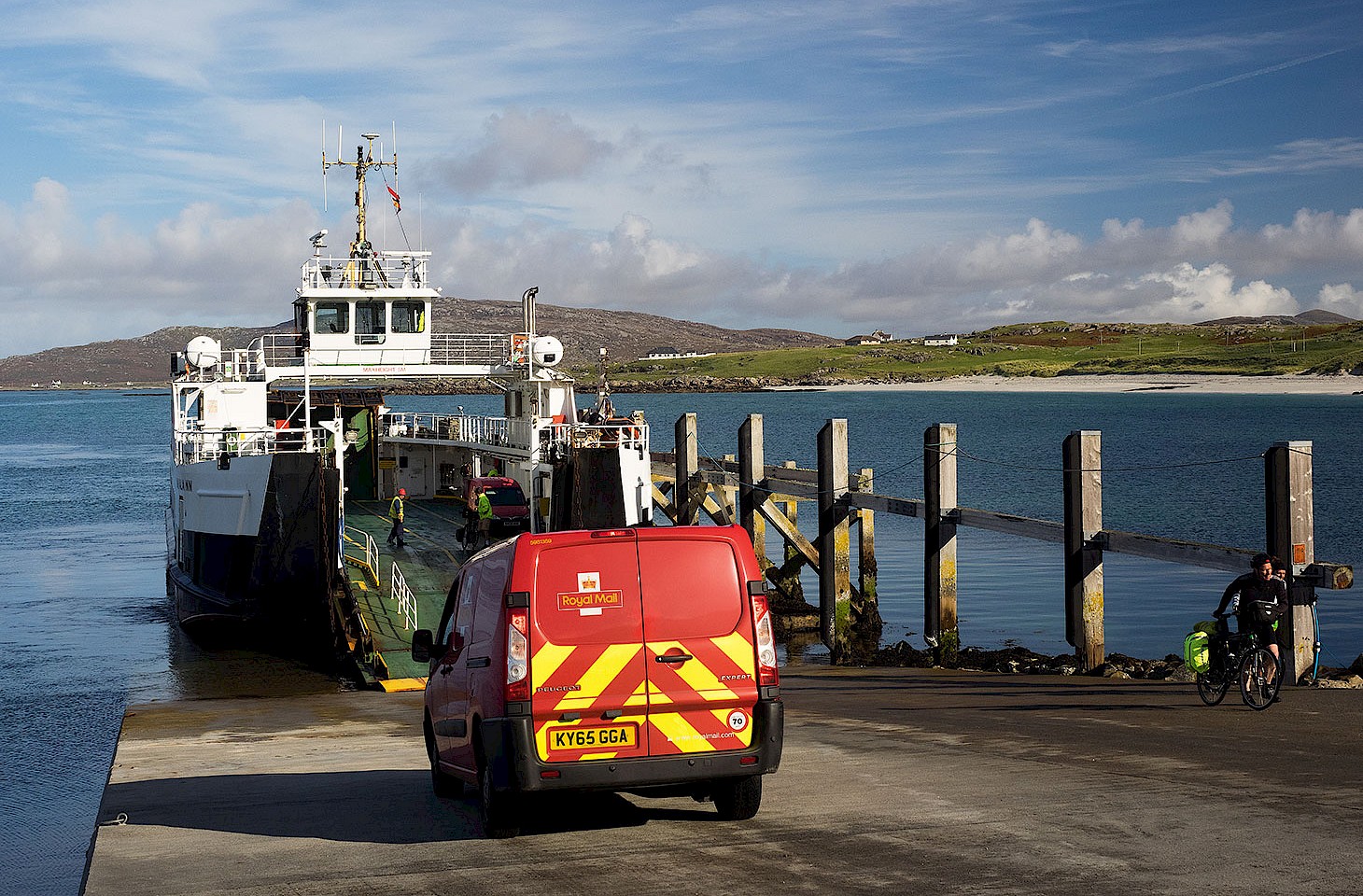At first glance Ely Place seems little more than a cul-de-sac of smart Georgian terraced houses — but look again. The clue to its unexpectedly colourful history is the little gatehouse standing at one end of the street. It carries a sign lacking the usual EC1 district number and it houses a beadle who locks the gates at ten each evening. By passing through them one leaves London and enters a fragment of land which is full of the spirit of Cambridgeshire.
Ely Place is one of the last privately owned streets in London. It dates back to 1290, when an exclave of Cambridgeshire was established here for the powerful Bishops of Ely. In common with the Bishops of Canterbury and Winchester they held high state offices requiring the maintenance of a London residence. Long subject to its own ancient rights and privileges the area is still managed by its own body of commissioners.
In mediaeval times the self-supporting community, which included a palace and extensive gardens and orchards, was separated from the City and its laws by a high wall. All that remains of the place today, however, is the Church of St Etheldreda at number 14.


